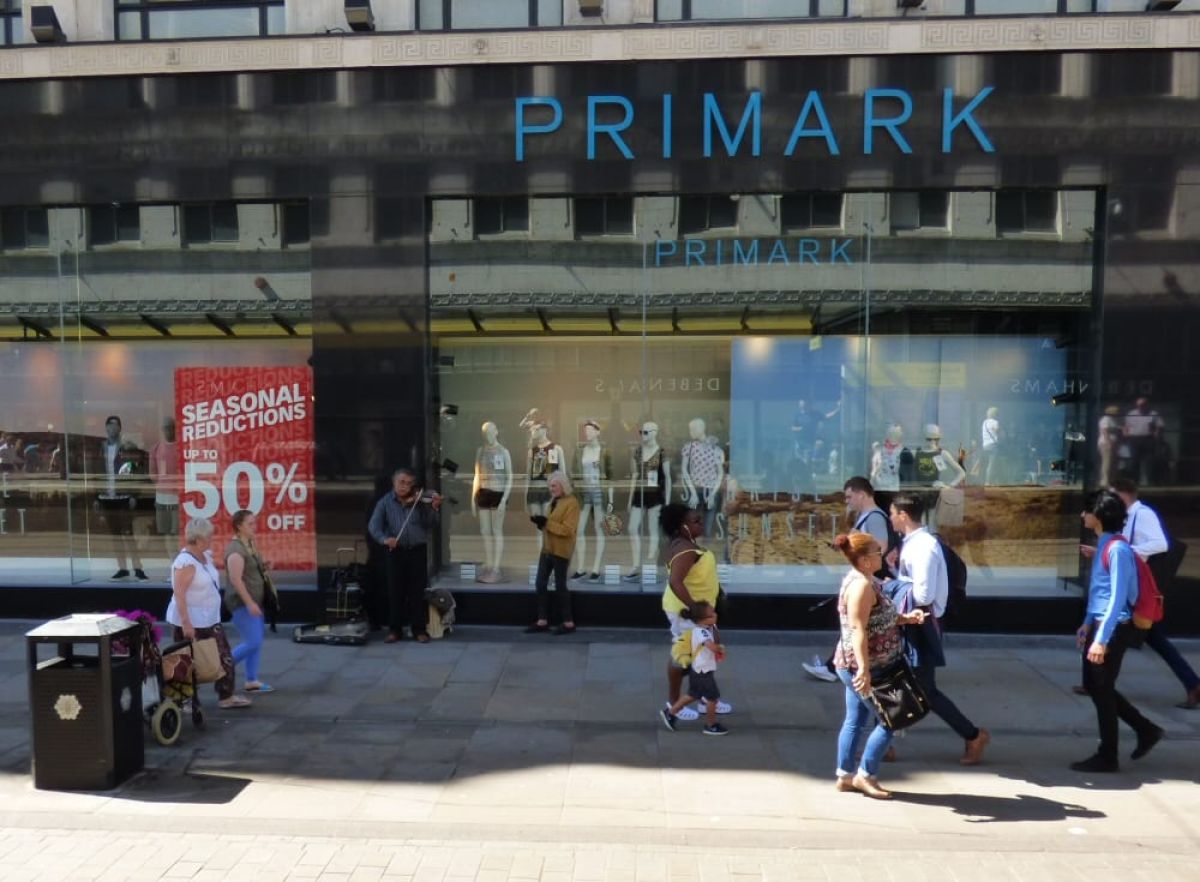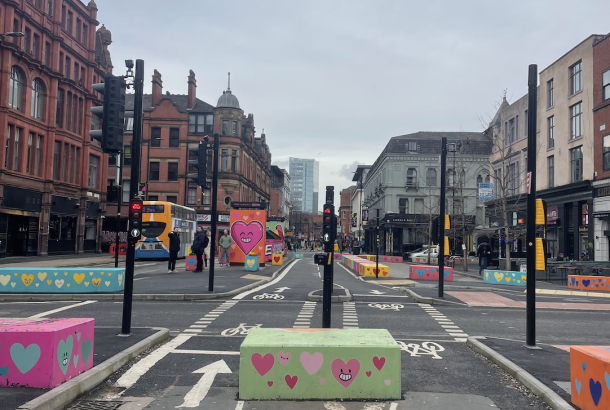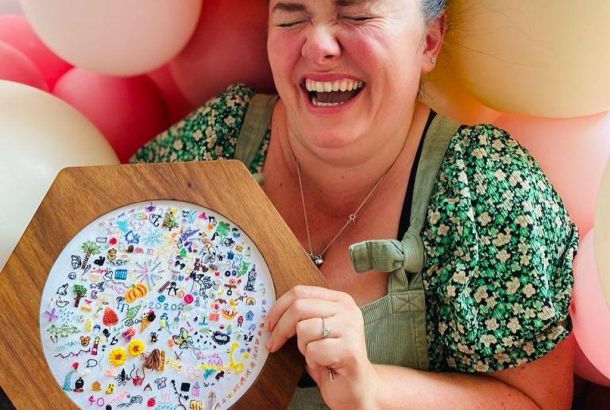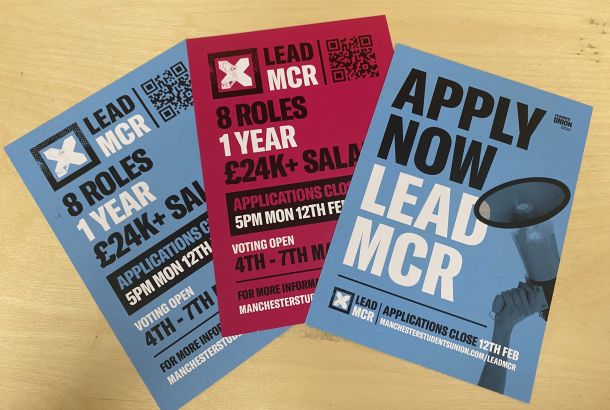Falling out of favour with fast fashion
By Emily Broncz

From a student’s perspective, shops like Primark, Zara, and H&M are the saviours of the high-street. It can be hard to envisage where you could possibly find on-trend clothes and accessories for a better price. The dark truth of sweat-shop production and sourcing unsustainable materials is no secret to the masses but with those on a tighter budget seeing no real alternative, students often become dedicated followers of these fast fashion institutions.
Final year Politics and German student, Madeleine Lynch, has recently returned from a Berlin-based internship at a conscious fashion company named Fine Yellow and was ready to share her expertise as to how students can become a savvier shopper, and whether it is possible to escape from the trap.
‘Fast fashion’ is the term applied to the rapid and low-cost production of garments, often pursued to meet high consumer demands for the latest styles. Citing popular shops like Urban Outfitters, River Island, and boohoo, Madeleine explains that “brands often observe the latest trends from fashion weeks and then make thousands of garments as quickly as possible.”
Deviating from the traditional biannual fashion seasons, these being Spring/Summer and Autumn/Winter, these retailers have allowed for up to 52 micro-seasons to evolve per year, each showcasing their own mini-trends. In 2013, the effects of being part of such a high-paced market reached their peak, with the Rhana Plaza disaster in Bangladesh seeing the collapse of a five-storey factory, resulting in 1,135 fatalities. The factory was home to the production of clothes for labels such as Mango, Monsoon, and Primark.
You would be wrong to think that students are entirely powerless, as the way we consume has the ability to trigger huge changes and, luckily, an accessible alternative does exist, as Madeleine describes: “Slow fashion is the opposite of this. The brands don’t rely on trends — they create garments consciously and stick to seasons or are even ‘seasonless’! The clothes are designed to be kept for life, the employees are treated fairly, and the materials used are environmentally sound.”
The attraction to fast-fashion companies to most is the pricing. Many would view the converse of this as being expensive items, often out of reach of the hands of a student budget. This is not always a correct assumption: “Higher prices are not indicative of sustainability. Of course, slow fashion brands are going to be more expensive, but this is only natural when they are using quality materials and manufacturing in the UK or Europe.”
A common misconception is that a higher price on the ticket is an honest reflection of exceptional materials and good practice. Websites like rankabrand.org help those willing to become more conscious, be more discerning about their favourite brands, or up-and-coming labels receiving a lot of attention. Names which are featured receive a lettered grade from A-E to illustrate how sustainable they are, often based on how transparent their manufacturing policy is. Some of the results are shocking, with pricey student favourites like Carhartt, Vans and Ralph Lauren all credited with an ‘E’ — the worst possible rating.
The revelation of big-name brands not being pioneers of responsible and conscious production methods muddies the waters. If both the cheaper and more expensive ends of the scale are to be avoided, where should students be shopping? As it transpires, a transition away from fast fashion is more attainable than we think, with some surprising names committing fewer sins: “G-Star RAW in the Arndale is one of the more sustainable high street brands out there, as they use organic materials and recycled cotton. & Other Stories, although owned by H&M, use a lot of eco-friendly materials in their clothes, too.”
Missing the ‘MCR Student Social’, an evening bursting with tempting discounts, offers and prizes, all targeted towards Manchester’s student population, may not have been a terrible idea after all. An evening devoted to incentivising students into falling into the fast-fashion trap often overshadows the opportunities to find slow-fashion treasures, often located just next door. “Check out the second hand and vintage shops around the Northern Quarter as well as the vintage sales that pop up everywhere, as they offer really good deals! These stores can have really high-quality clothes that are great to have in your wardrobe.”
Excellent bargains aren’t just limited to vintage shops, either, as Madeleine also commented on a fantastic charity shop experience: “I found a YSL top in one for £3 which is high quality and looks good.” Pre-loved gems can be sourced on Depop and Ebay and in shops like Oxfam Originals in Manchester, with unique garments also being sold on arty platforms such as Etsy.
Taking the time to be more selective, whether that’s spending an extra £10 at the Arndale or having three more minutes scrolling through Depop, may not just be the key to finding your new favourite top, but also in helping to clean up fast fashion’s poor act.







